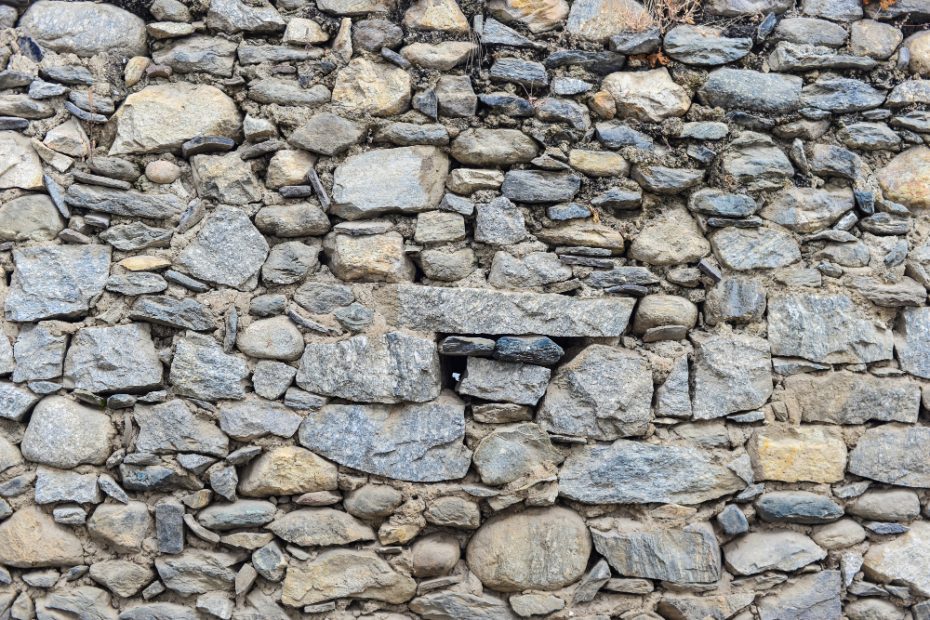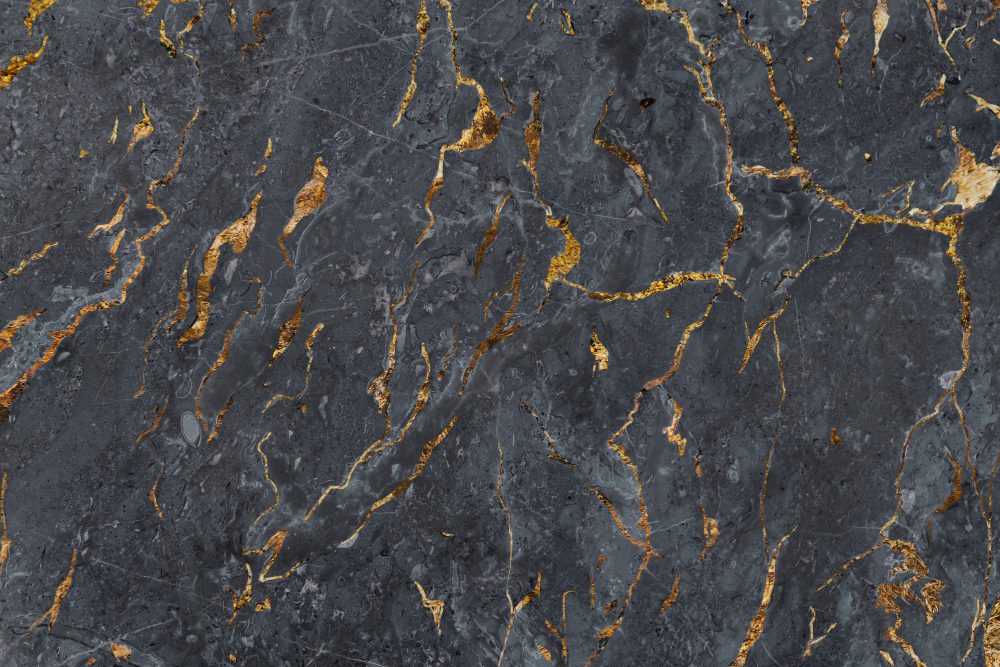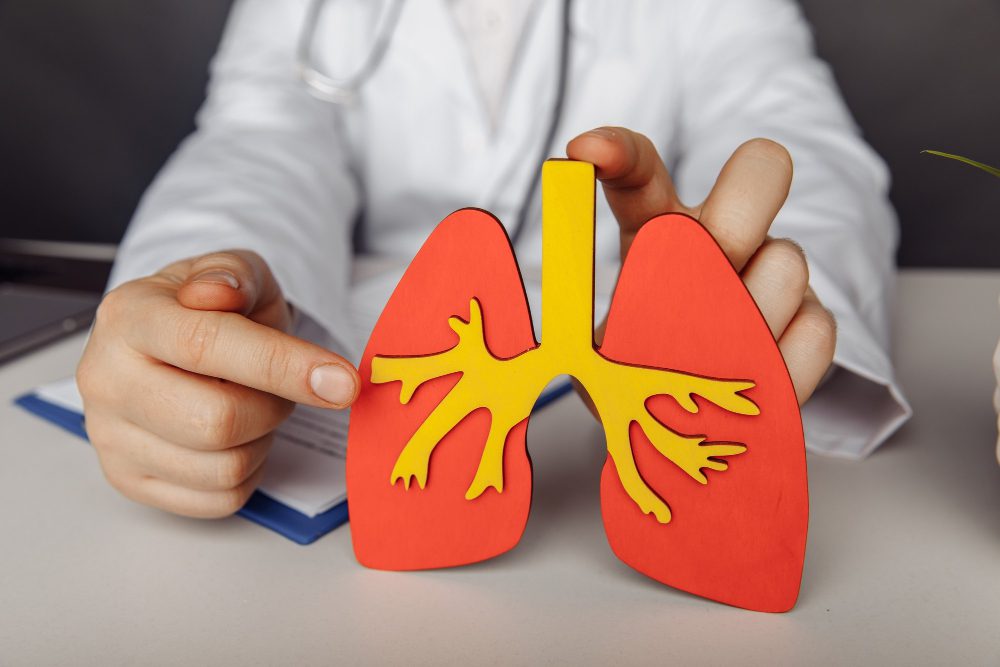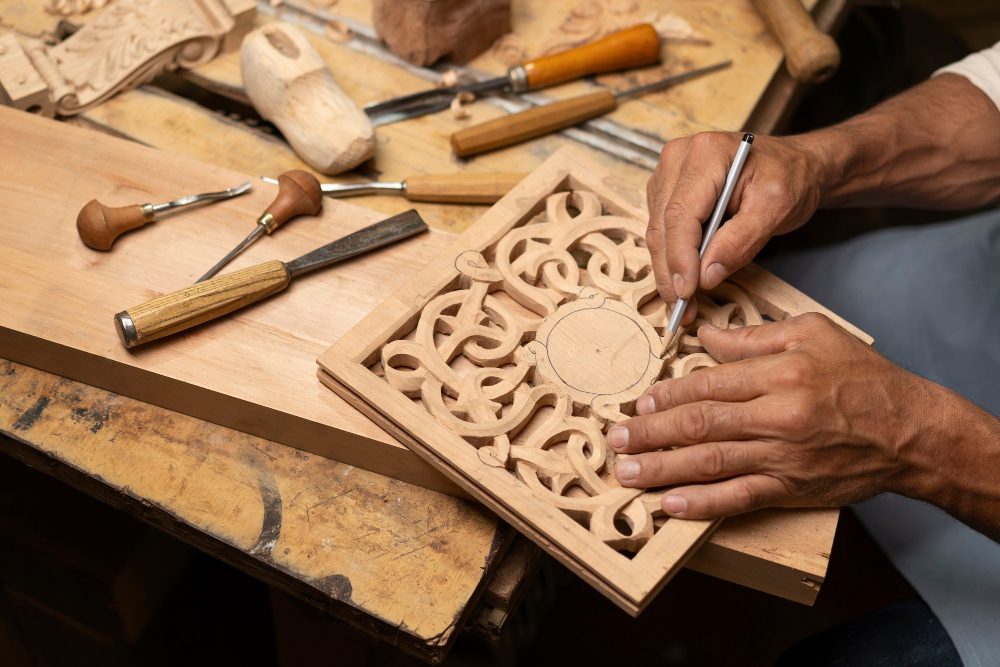What are the risks of stonemasonry?
Stonemasonry is a skilled trade that involves working with stone materials to construct or repair buildings, monuments, and other structures. While it is a fascinating and ancient craft, stonemasons face several risks and hazards in their line of work. It is important for both professionals and individuals interested in stonemasonry to be aware of these risks and take necessary precautions to ensure safety and well-being.
Risk of physical injuries
One of the primary risks of stonemasonry is the potential for physical injuries. Stonemasons often work with heavy tools and equipment, lift and move heavy stones, and perform tasks at significant heights. These activities can lead to accidents such as falls, trips, slips, or being struck by falling objects.
According to the Health and Safety Executive (HSE) in the UK, there were more than 3,000 reported non-fatal injuries in the construction industry, which includes stonemasonry, in the last recorded year. The most common injuries reported were fractures, sprains, and strains.
Exposure to respiratory hazards
Another significant risk in the field of stonemasonry is exposure to respiratory hazards. Stonemasons often work with stone dust, which contains particles that can be harmful when inhaled. Prolonged exposure to these particles can lead to respiratory conditions such as silicosis, a lung disease caused by inhaling crystalline silica.
“Silica exposure is a serious health hazard for stonemasons,” says Dr. John Smith, a renowned expert in occupational health. “It is crucial for stonemasons to use appropriate respiratory protective equipment and follow safe work practices to minimize the risk of respiratory diseases.”
Healthy and safety measures in stonemasonry
Fortunately, there are several measures that can be taken to mitigate the risks associated with stonemasonry and ensure a safe working environment. These include:
- Training and education: Stonemasons should receive proper training on how to use tools and equipment safely, as well as on best practices for handling stones and working at heights.
- Personal protective equipment (PPE): Workers should wear appropriate PPE, such as hard hats, gloves, safety goggles, and respiratory masks, to protect themselves from potential hazards.
- Maintaining a clean work space: Regularly cleaning work areas can help reduce the accumulation of stone dust and other debris, minimizing the risk of respiratory issues.
- Use of engineering controls: Implementing engineering controls, such as local exhaust ventilation systems, can help control airborne contaminants and reduce exposure to respiratory hazards.
Regulations and legal requirements
The UK has specific regulations and legal requirements in place to protect stonemasons and ensure their safety on the job. The Health and Safety at Work Act 1974 is the primary legislation that governs health and safety in the workplace. It places a duty of care on employers to provide a safe working environment and ensure the welfare of their employees.
Additionally, organizations such as the HSE provide guidelines and resources to assist stonemasons in managing risks and promoting good health and safety practices.
What is the lung disease in Stone Masons?
Stonemasonry is a craft that involves shaping and dressing stones for construction purposes. While it is a centuries-old profession, it can come with certain risks to the health of stonemasons. One of the most common and significant health hazards faced by these skilled workers is known as “Silicosis.”
What is Silicosis?
Silicosis is a progressive and potentially fatal lung disease caused by inhaling crystalline silica dust. Silica, a mineral found in rocks and sand, becomes respirable when stone cutting or processing activities generate dust particles that are tiny enough to be inhaled into the lungs.
The symptoms of silicosis can vary depending on the severity and duration of exposure:
- Coughing and excessive mucus production
- Shortness of breath and chest tightness
- Fatigue and loss of appetite
- Severe cases may lead to respiratory failure and even death
Risks Faced by Stone Masons
Stone masons working with materials such as granite, sandstone, and limestone are particularly at risk of developing silicosis. The process of cutting, grinding, and shaping these stones generates fine dust particles that contain high levels of silica.
Preventive measures for reducing the risk of silicosis:
- Using water suppression systems to control dust during stone cutting
- Wearing personal protective equipment (PPE) such as respirators, goggles, and gloves
- Regular health check-ups for early detection of any lung-related issues
- Adopting safe work practices and maintaining proper ventilation in the workplace
Lung diseases such as silicosis can have a devastating impact on the lives of stone masons. It is essential for the industry to prioritize worker safety and implement strict measures to minimize exposure to silica dust.
What are the disadvantages of stone masonry?
1. High Cost:
One of the main disadvantages of stone masonry is its high cost compared to other construction methods. The materials used in stone masonry, such as natural stone or brick, can be quite expensive. Additionally, the labor-intensive nature of stone masonry often requires skilled artisans, further driving up the overall cost.
2. Time-Consuming:
Stone masonry is a slow and time-consuming process. Each stone needs to be carefully selected, shaped, and placed, requiring meticulous attention to detail. This can significantly extend the construction timeline, making stone masonry less suitable for projects with tight schedules.
3. Heavy Weight:
Stone structures are typically heavy and require strong foundations to support their weight. This can add complexity and cost to the overall construction process, especially in areas with poor soil conditions. The weight of the stones also makes transportation and handling more challenging.
4. Limited Design Flexibility:
Compared to modern construction methods, stone masonry offers limited design flexibility. Stone structures often have a traditional and classic look, which may not suit every architectural style. Customization options can be limited, making it harder to achieve unique and contemporary designs.
5. Vulnerability to Weathering:
While stone is a durable material, it is still susceptible to weathering over time. Exposure to harsh weather conditions and environmental factors can result in erosion, discoloration, and damage to the stone. Regular maintenance and repairs may be required to preserve the aesthetic appeal and structural integrity of stone masonry buildings.
6. Higher Maintenance Requirements:
Stone masonry structures generally require more maintenance compared to other construction methods. Regular cleaning, sealing, and inspection of the stones are necessary to prevent deterioration. Additionally, mortar joints may need repointing over time to ensure the stability of the structure.
7. Limited Insulation:
Stone masonry provides limited insulation properties, especially when compared to modern building materials like concrete or insulated panels. Stone walls can allow heat to escape more easily, leading to higher energy consumption for heating and cooling purposes.
8. Difficult Repairs:
Repairing damaged stones in a masonry structure can be complex and time-consuming. Matching the color, texture, and shape of the original stone is often challenging, resulting in visible repairs that may impact the overall aesthetics of the building.
“Stone masonry requires careful planning, skilled craftsmanship, and ongoing maintenance to overcome its disadvantages and create lasting structures.”
Despite its disadvantages, stone masonry continues to be valued for its timeless beauty and durability. It adds a sense of heritage and longevity to buildings, making it a popular choice for historic restorations and traditional architectural styles.
Conclusion
Stone masonry is an ancient craft that carries inherent risks to the health of workers. Silicosis, caused by breathing in silica dust, is a serious lung disease that affects many stone masons. By raising awareness about this occupational hazard and implementing preventive measures, we can ensure the well-being of these skilled craftsmen while preserving the legacy of stonemasonry.



